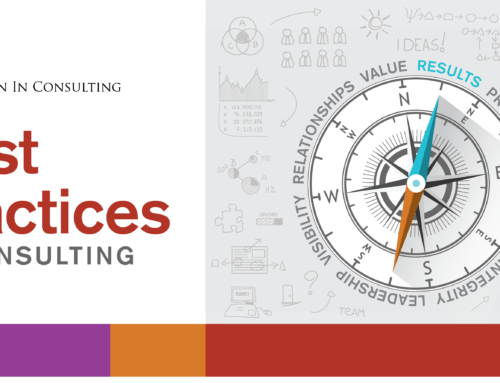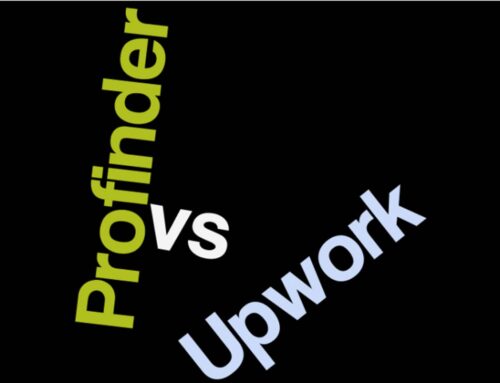Want to get found on LinkedIn – by both potential clients and people who place consultants? To identify good matches for those needs, there are 3 basic paths that are used, depending on the particular needs.
I’ll speak first to the search path itself, and how we as consultants can influence being found. Think of this blog as the beginning of applying some SEO elements to your LinkedIn profile (although LinkedIn’s search functionality is not at the level of Google’s).
The first path is a generalist route, the second completely detailed and specific. The third path is one of referral, and I’ll speak to that last as it is one most of us could construct on our own.
Generalist
In this case they are looking for a general area match. Experience in the same or a similar company, similar job title held in the past, participation in the same trade shows, even graduating from the same MBA program would be examples of using this generalist approach. Typically one of these factors is used – not all.
This search path is often influenced by past experience – such as “I had a good experience in the past with hiring someone from that company” or “I want to find a consultant with an educational background like my own”.
In the generalist case, the potential client is not looking at 3 to 7 key performance factors that are most often used to identify what it takes to be successful in a role as you would in hiring an employee.
So how can you make your profile more appealing for this generalist search? Use phrases that show broad skills, ROI and programmatic results and overviews. While you want to demonstrate the size and scope of your work, you’re not going for the details. In marketing for instance, rather than listing all of the roles you’ve had, you might want to list a generalist title, note that it was in a consumer or enterprise product space, and note major results. You will also want to include the buzzwords used in the space (three letter acronyms are often effective here as well – I search for TLA’s a lot in my business).
Specialist
In this case one is looking for a detailed and specific match for a consultant. Experience in specific prior projects with the same kind of time constraints, working with specific channels and partners to accomplish a similar task at the same stage of business or launching a new product are examples of the specific matches someone might look for. Typically, the specialist search includes multiple specifics such as three specific companies one might want experience from (all three) as well as details about the product or service.
This search path often includes multiple iterations – take a large pool, narrow it with one set of spec’s, and then narrow it further with a second set of spec’s. Here the person is looking to exclude people, not to include them – they want to look at one or two people who meet all of the criteria. I’m not able to provide the level of detail on this path because it is so specific to the particular assignment. It is clear however that the potential client has an extended list of “must haves” – up to 10-15 specifics they are looking for. The other factor to bear in mind here is that the lack of one of those 10-15 elements will disqualify you. They are looking for exact matches, sometimes to bring in a skillset or experience they don’t have. Your profile to meet these criteria is going to look more like a detailed resume. The challenge here is to include relevant detail that people will actually read.
Referral
This path is the one that LinkedIn is built on – the principle that a large number of weak ties will get you in front of the right people through the network you build. To ensure this happens, you want to include people in your network that :
- Know you well
- Can speak/vouch effectively for your skills
- Are connected to potential clients for you
- Have similar standards in hiring consultants
- Do spot-on recommendations for you
Recommendations are often a way that people locate you on LinkedIn. Ensure that you are recommended for the right skills and accomplishments by people you have worked closely with. Generic recommendations are fine for other purposes, but don’t work in the referral search path.
LinkedIn does not yet have postings for consulting opportunities – I expect this is in their roadmap for future development. They started posting employment opportunities in 2008 and many recruiters now look to this site as an exclusive source for narrowcasting opportunities to a pool of well-qualified candidates.
So, let’s all get busy and revisit our LinkedIn profiles with these factors in mind. Try these ideas out on your own profile , and let me know what the results are. Feel free to comment with your own tips. Let’s keep the conversation going – if you don’t want to do it on the blog, send private comments to Deb@BroadBandHR.com








